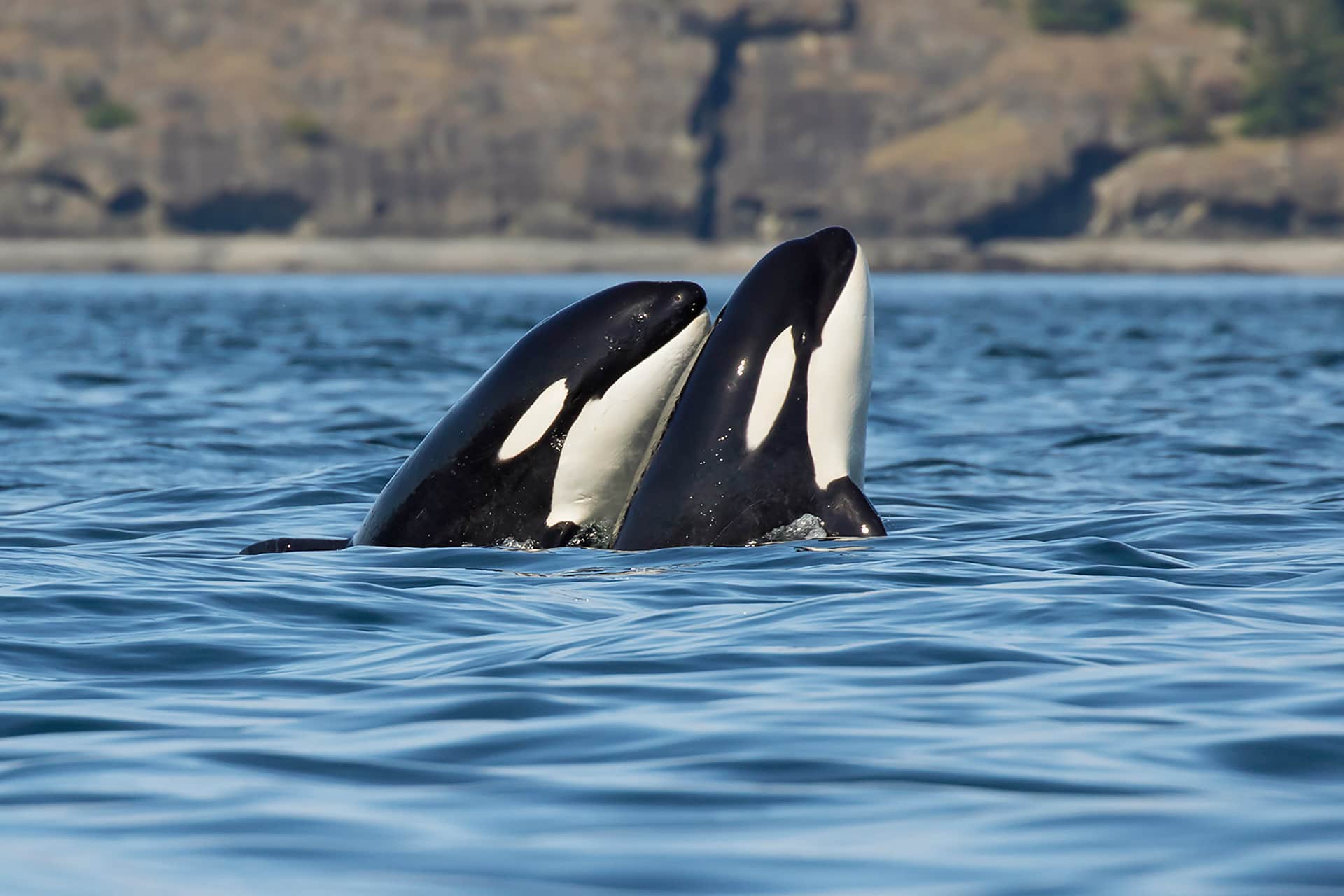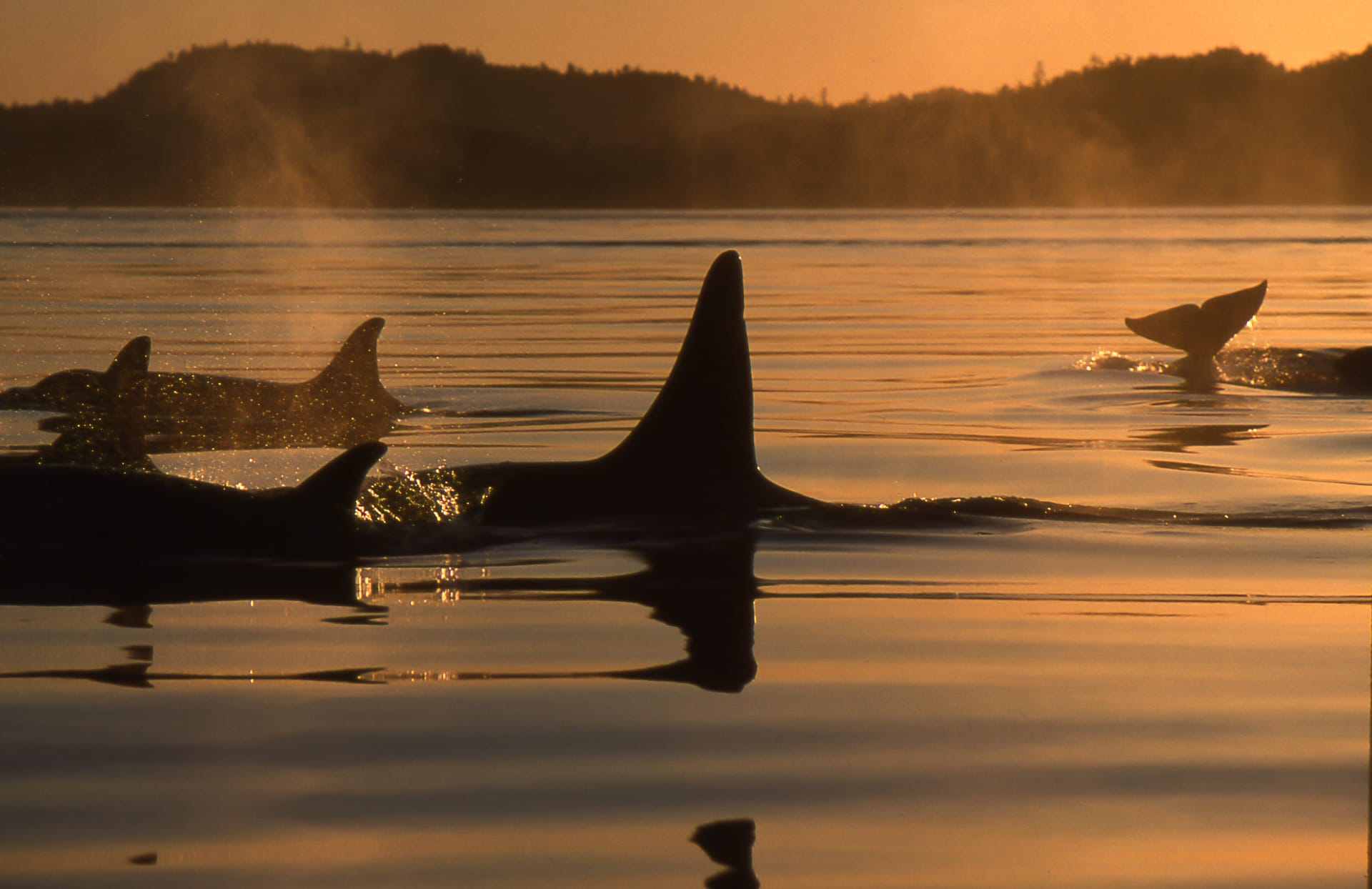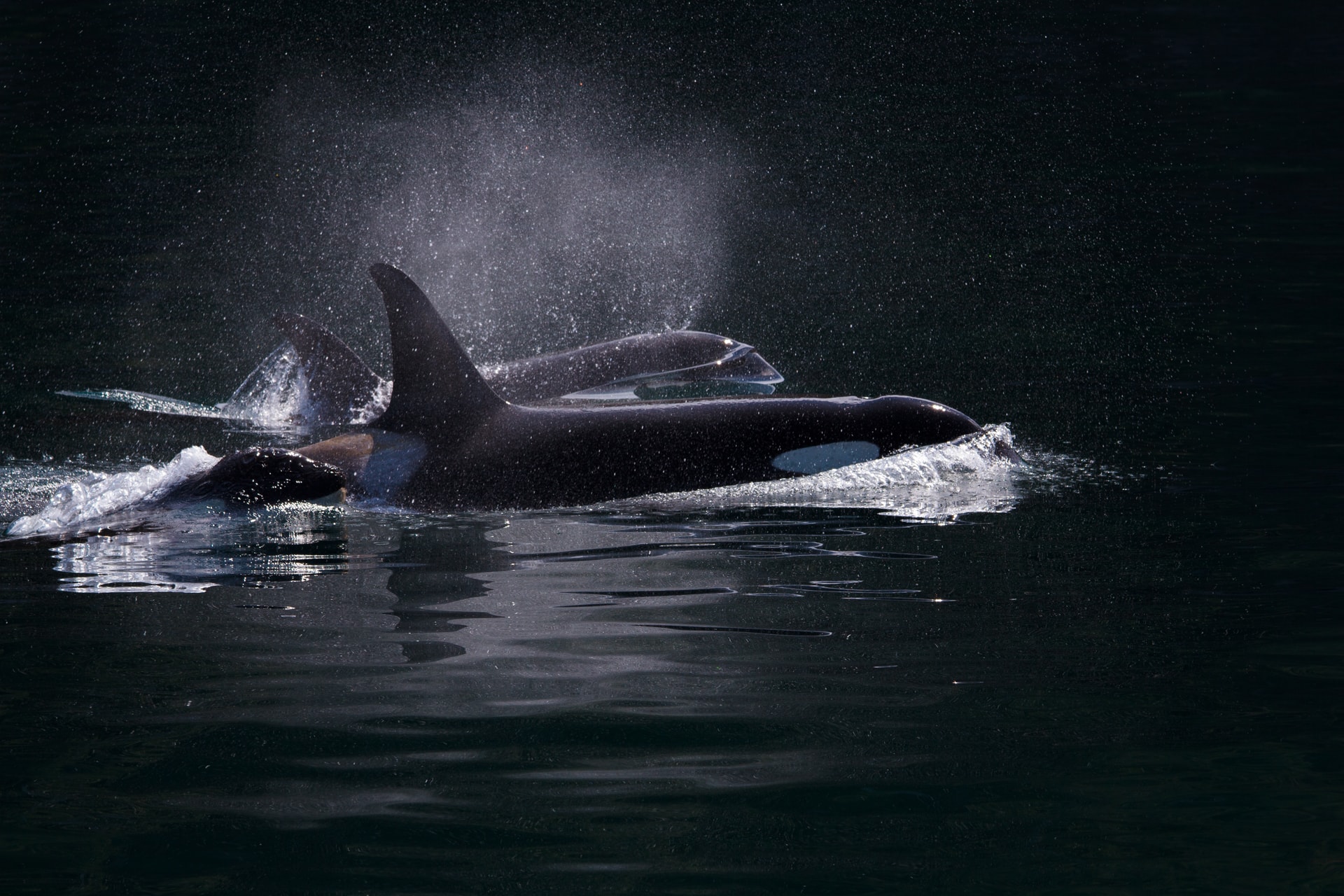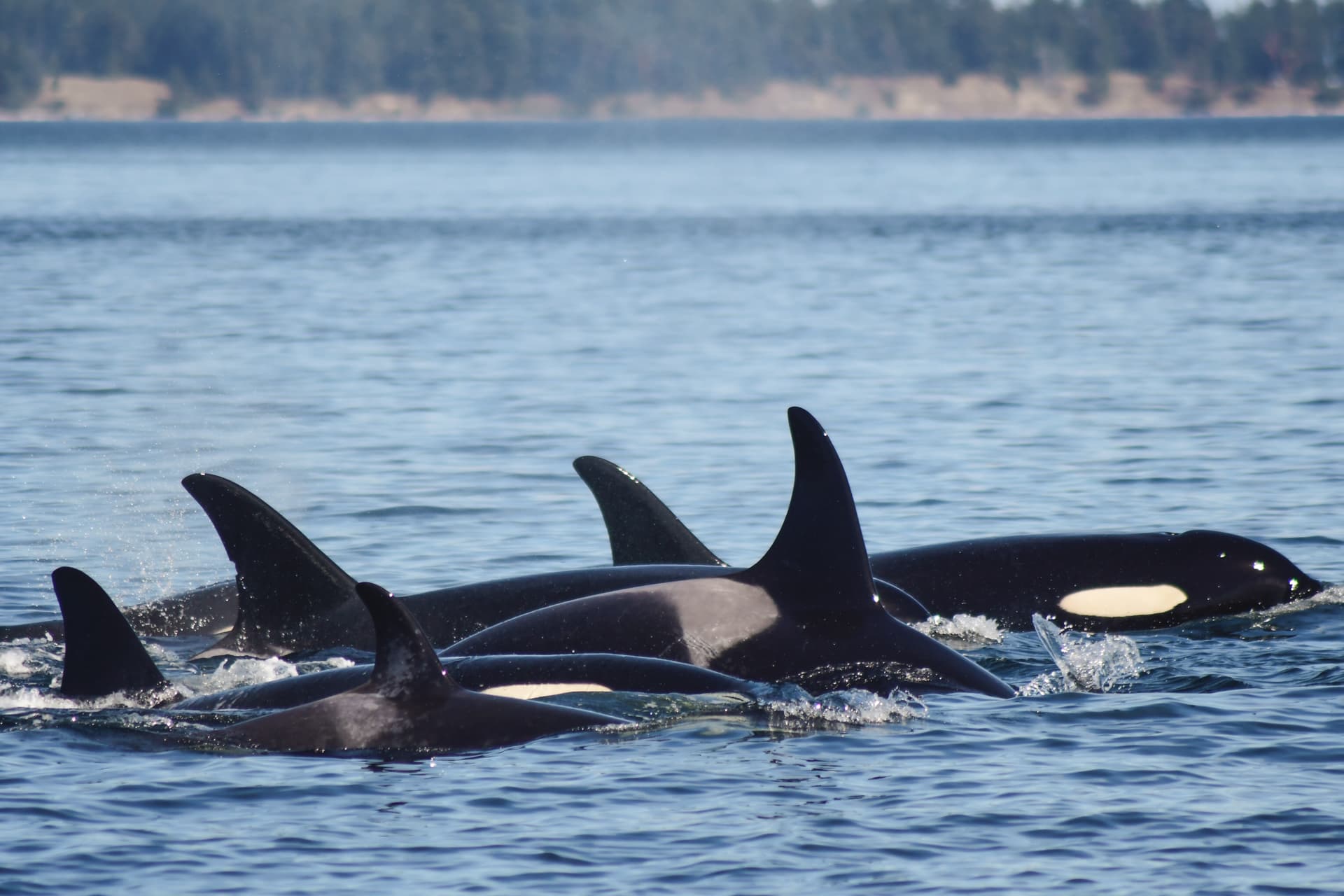
Killer whales don’t use social media, making it difficult for us to identify who they choose to hang out with, and why! However, since the 1970s, the Southern Resident killer whales have been regularly documented—often with video and photographs—showing who is associating with whom. But what about their social lives?
There are many people in life whom we associate with, but some we would consider as outside our social circle—work colleagues, fellow commuters, other customers in the coffee shop, even family members.
So how can we disentangle the Southern Residents’ associations to better understand their social lives when they are mostly submerged, and out of view?
For the past few years, the University of Exeter has been working with the Center for Whale Research, and tapping into their expertise in identifying individuals, and their relationships in the Southern Resident killer whale community, in order to better understand their social networks.
Their latest study published in 2021 relies on drone footage. These aerial views allow for observing interactions that occur underwater, as well as at the surface, and identifying which interactions are social in nature, as opposed to individuals associating with their fellow pod members, i.e., as a family unit.
In this study, the researchers were interested in understanding whether age and/or gender influence social behavior. Do the young kids play together? Would adolescent males hang out? And how do these relationships last over time?
All whales seen together in one image—often 4 animals—were considered to be “associated”, and then were identified. The team then looked for social interactions between these individuals. These were quantified as synchronized surfacing, or physical contact—excluding nursing calves, or any aggressive behavior.
“By adding drones to our toolkit, we have been able to dive into the social lives of these animals as never before,” said Darren Croft, Professor of Animal Behaviour at the University of Exeter, UK. “We were amazed to see how much contact there is between whales—how tactile they are. In many species, including humans, physical contact tends to be a soothing, stress-relieving activity that reinforces social connection. We also examined occasions when whales surfaced together—as acting in unison is a sign of social ties in many species,” said Croft.
This new study was limited to observations of J pod, due to the limited time K and L pods spent in the study area during the summer of 2019. Nearly 11 hours of footage was collected and analyzed. In total, the researchers identified 831 occurrences of physical contact and 1,617 occurrences of synchronous surfacing.
It was expected that the relationship between mothers and her offspring would most influence their association, given that they will stay with her for life. But just who would they choose to socialize with? The footage showed that social interactions—contact or simultaneous surfacing—were far more likely to occur between individuals of a similar age and gender, usually younger animals.

Young animals are likely to socialize together.
“Our findings show that, even within these tight-knit groups, whales prefer to interact with specific individuals. It’s like when your mom takes you to a party as a kid—you didn’t choose the party, but you can still choose who to hang out with once you’re there,” said Michael Weiss at the University of Exeter, the study’s lead author.
Researchers propose that as youngsters usually have their food provided, this leaves more time for socializing. These findings also suggest that killer whales become less social as they age, as do other social mammals—ourselves and primates included.
Continued below...
There’s clearly so much to learn about these amazing families, but time is not on our side. Their continued absence from the Salish Sea this summer shows the Chinook—King—salmon they hunt in these waters is also struggling for survival.
While hopefully they’re finding Chinook outside their traditional feeding areas, we need urgent action to save wild salmon, if we are to renew hope for their future.





